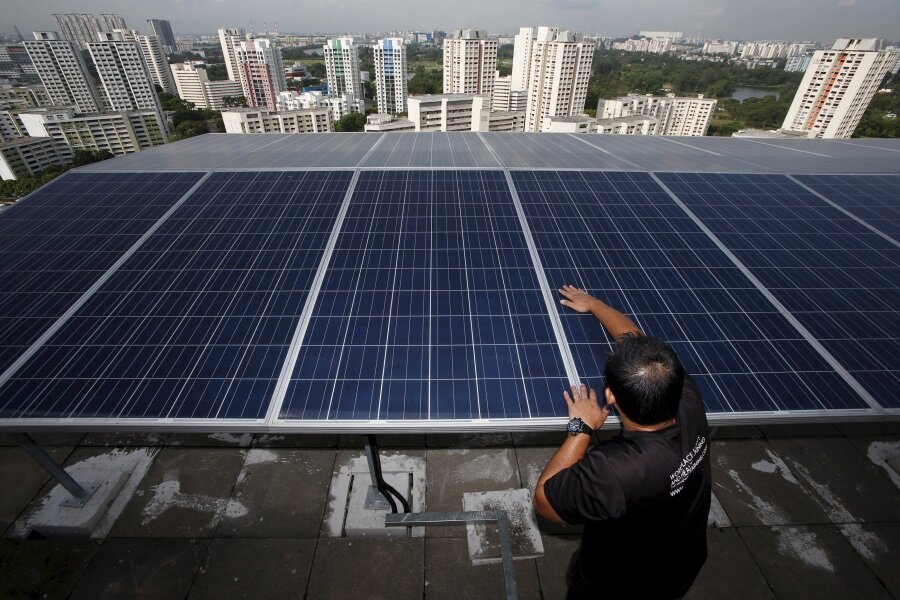Hawaii hopes to be completely powered by renewable energy by 2045
As the cost of producing electricity from renewable energy sources such as wind and solar comes down, lots of US states are leaning more heavily on these sources to power homes and businesses.
But Hawaii may be the first state to get all its electricity from renewables. Under a bill passed last week by the Hawaii legislature, the state’s power should come entirely from renewables by 2045.
Governor David Ige has until the end of June to sign the bill, at which point Hawaii will have the most ambitious energy goals of any American state.
Right now, Hawaii has to import large quantities of oil to meet its power needs, which means it has some of the highest residential electric rates in the country. But thanks to its location, the state also has plenty of sunshine, wind, ocean and tidal waves, and geothermal activity, all of which could be harnessed to provide power to Hawaiians.
About 12 percent of Hawaiian homes already have solar panels on their roofs, but the bill would probably lead to the construction of additional solar farms to meet the power needs of local businesses. Eight solar farms are planned for the island of Oahu that would generate hundreds of megawatts of electricity, enough to power thousands of houses and businesses, reports KITV News. Wind turbines and tidal energy generators will also be major sources of power to Hawaii’s islands.
Capturing the energy is just half the battle, though. Once electricity is collected by turbines or photovoltaic panels, it has to be stored and transmitted to homes and businesses. To that end, Hawaii is looking at upgrading its electric grid and investigating more efficient batteries to store gathered electricity. Storage batteries are part of a “smart grid” system, which automatically stores up energy during periods of low demand, such as during the night, and releases it during periods of high demand, such as the afternoon, when businesses are humming and people are using their appliances.
Though Hawaii’s goal of 100 percent renewable energy is the most ambitious plan out there, other states and countries are also setting timelines for changing how they get their energy. California has pledged to get half its energy from renewable sources by 2030. Costa Rica announced in March that it had gone for 75 days straight without burning fossil fuels, getting all its energy from renewable sources. And Sweden, Estonia, and Bulgaria have already met the EU renewable energy development goals they said they would meet by 2020.







